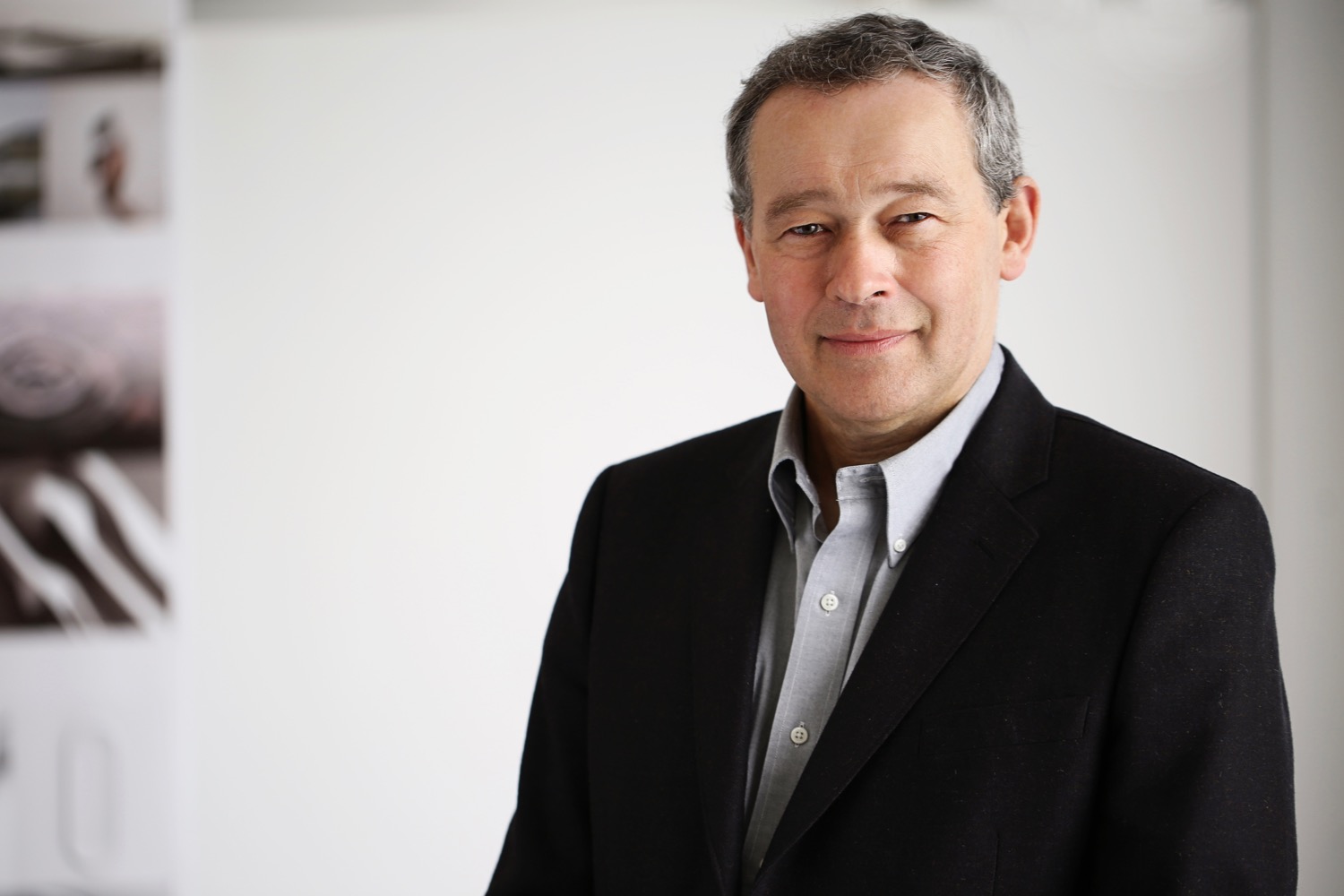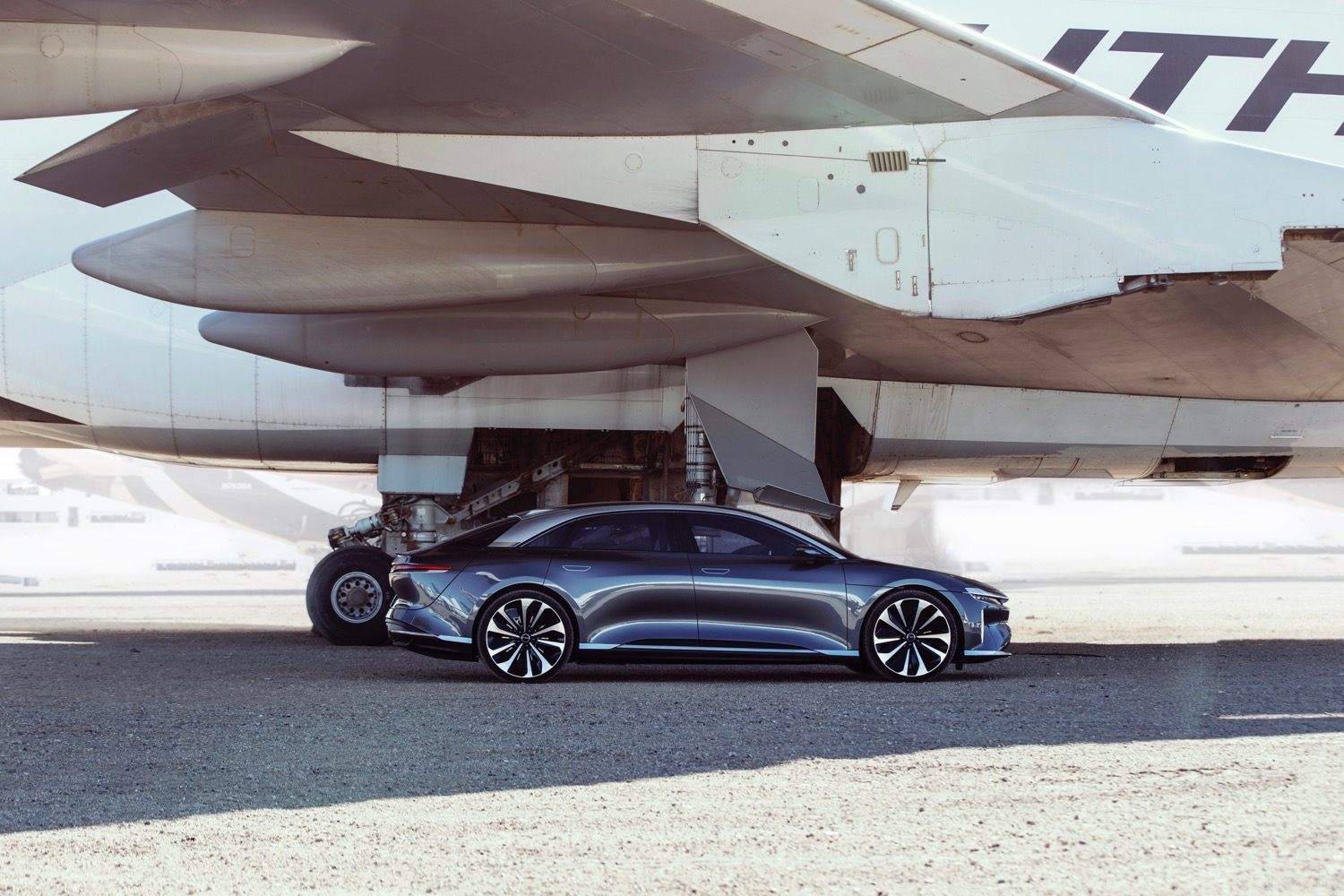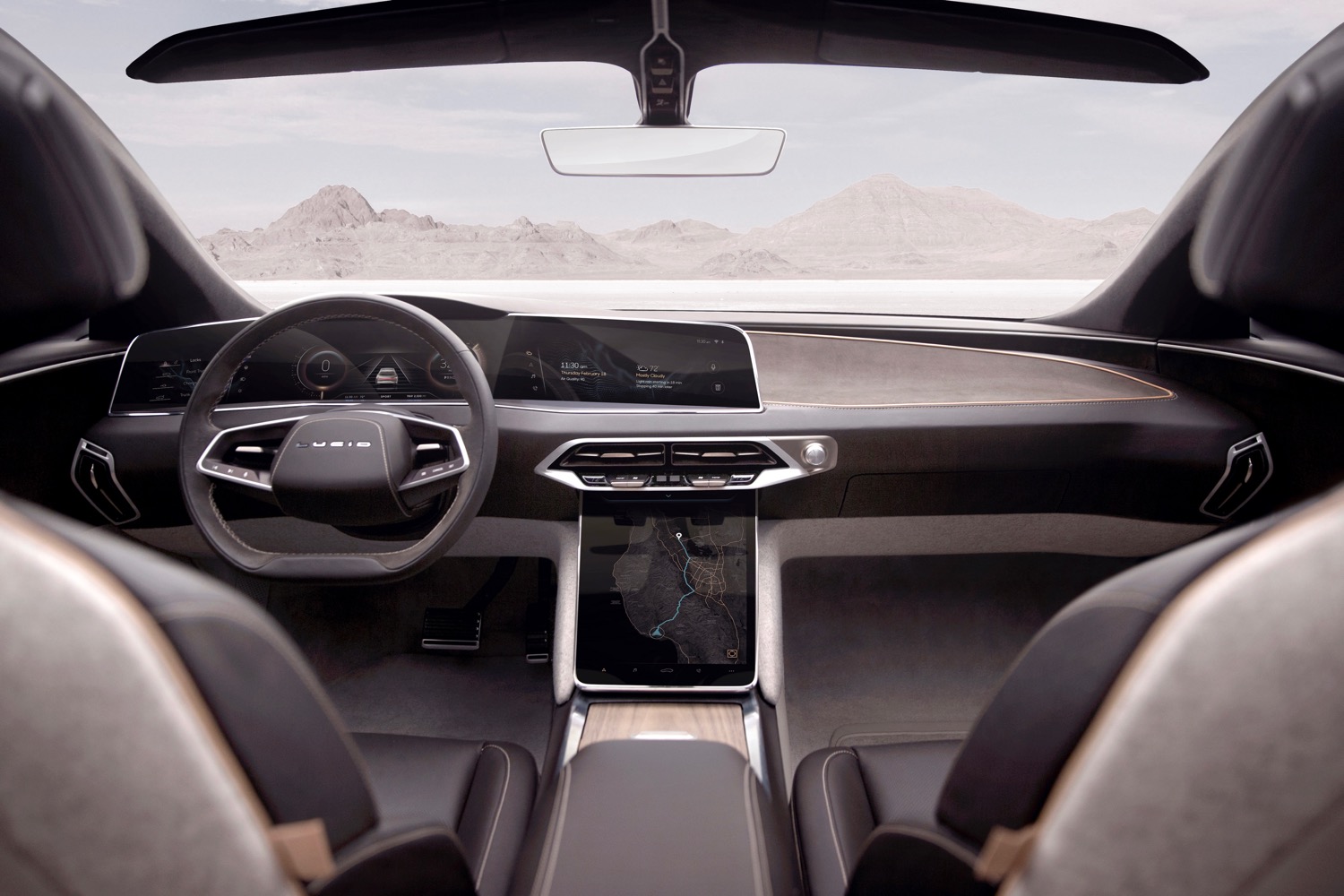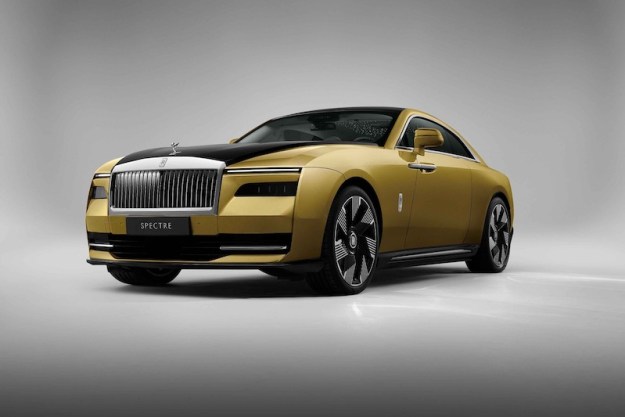The Lucid Air almost seems too good to be true. It’s a luxury electric car that boasts 1,000 horsepower but also, Lucid claims, a real-world range of 400 miles.
The Air was unveiled in late 2016, along with ambitious plans for production at a new factory in Casa Grande, Arizona. Then Lucid’s funding dried up, halting development work in 2017. A $1 billion investment from Saudi Arabia’s sovereign wealth fund got things rolling again, and Lucid hopes to build the first pre-production cars before the end of the year.
The goal of the Air was always to build the most efficient car possible, said Peter Rawlinson, CEO and CTO of Lucid, and original chief engineer of the Tesla Model S. In a Zoom interview, Rawlinson explained how, for electric cars, power and efficiency go hand in hand.

Digital Trends: When most people hear the word “efficiency,” they think of getting more miles per gallon (mpg) in a gasoline car, but what does efficiency mean for an electric car?
Peter Rawlinson: I much prefer to talk about how far you can go for a kilowatt-hour, how many miles you can travel. It’s like mpg, and the unit of electrical energy widely used is kWh, that’s what you pay for with your electricity bill.
If you look at where we are today, a really good electric car on an EPA five-cycle [the standard testing protocol in the United States] can get close to about four miles per kWh. It would be our goal over the next several years, perhaps with a smaller car than the Lucid Air, to get to five miles per kWh. That I would see as the holy grail.
That depends very much on the duty cycle. This is the problem when we look at range estimation. NEDC and WLTP [European testing standards] are not as realistic as the EPA five-cycle.
DT: If efficiency is the goal, why start with a luxury sedan?
PR: The first product any new company makes effectively defines the brand. Our first product will define Lucid, so we need to make this technological tour de force, because we’re a tech company.
We also went for a relatively high-end luxury position because it’s relatively easy to come down in price point, but it’s very tricky to push that price point up.
The other aspect to this is that, if we were to try to make a more affordable car, a mass-market car, that actually requires greater amounts of capital to industrialize, because that’s a higher-volume proposition. Tesla wasn’t able to go straight to the Model 3. For a small company like us, we need to go for a car which is a modest volume to start with.
I applaud everything Tesla’s done but, to be honest, Tesla’s not luxury.
Also, when you look at the price point of batteries today, it’s still at such a point where the margin on a low-priced car is less attractive. There’s a more compelling business case around a higher-end product.
Why did we go for a sedan rather than an SUV? It is true that SUVs are growing in popularity, but the luxury sedan market is still very solid. It’s still worth $100 billion a year worldwide, and there isn’t an EV play in that market. Tesla’s great, it’s high tech, it’s beautifully engineered, and I applaud everything Tesla’s done but, to be honest, Tesla’s not luxury.
The Lucid Air is also the first car to be designed from the ground up around the advantage of the miniaturization of the electric powertrain. We have this space concept where the car is bigger on the inside, and more compact on the outside. The Lucid Air is shorter and narrower than a Porsche Taycan, and has greater legroom than a long-wheelbase Mercedes-Benz S-Class. So we really have the best of both worlds.

DT: How did you achieve that miniaturization of the powertrain?
PR: It’s the result of a fastidious, nerd-like analysis of that powertrain. We’ve come up with a series of innovations, particularly on the motor and transmission. Our power unit is about 73 kilos [160 pounds], in standard form it’s 600 horsepower, and it’s readily upgradable to 650 hp. We can fit one of those units, two, or three into a Lucid Air, depending on the specification of the vehicle that’s ordered by the customer.
DT: You previously discussed a range-topping model with 1,000 hp. How many of these units does that have?
PR: The 1,000-hp car has two of these units.
DT: So potentially there’s room for even more power by adding that third unit?
PR: We promised a car with 1,000 hp.
DT: Instead of fiddling around with these powertrain components, why not just make the battery pack bigger?
PR: What I want to do is create the most range with the smallest battery pack. There’s dumb range and there’s smart range. Dumb range is stuffing a huge battery pack into the car.
There’s talk of one company having a 180-kWh battery pack. That would literally weigh a ton. So you’ve got this extra weight, the extra space the pack takes up, and the extra cost, which gets passed onto the customer.
Then you get this vicious circle, because the car is heavier, so the suspension has to be beefed up, the brakes have to be bigger, and that creates yet more weight. So then you have to add more [battery] cells. For every extra hundred cells you put in the car, you need a couple of cells to have the energy to propel those other hundred.
There’s dumb range and there’s smart range. Dumb range is stuffing a huge battery pack into the car.
So we’re trying to achieve a 400-mile range with as small a pack as is reasonably possible. However, that does mean a sizeable pack with today’s technology, unfortunately. The byproduct of that, and it is absolutely a byproduct, is that you have a lot of power available. That’s why we’ve got a 1,000-hp car. This is the great paradox: That high performance is a byproduct of the range. That’s the weird world of electric cars.
It is true that if you went for purely the most efficient EV, there is some drop-off in performance, and it’s fair to say that if you go for the most powerful EV, there’s a drop-off in range. These are tunes we’re going to play with derivatives of the Air in the future. But there is an 80% overlap between range and performance with EVs.

DT: What has changed on the car between 2017 and now?
PR: I would say the design has matured like a fine wine. It’s just a little bit nicer, our air intake grille is a bit smaller, there’s a degree of finesse that [first] car lacked.
The technology inside is a whole new generation, nothing is the same. We moved to a 900-volt electrical system; we were 400-volt then. We’ve re-architected our battery using all the knowledge we’ve accrued from our Formula E racing. Lucid designs, engineers, and manufactures the batteries for all 24 cars on that grid. What we’ve been able to do is use that learning to benefit our production design, our battery pack for the Lucid Air.
DT: What specifically did Lucid change on the battery based on that racing experience?
PR: A lot of the architecture, the size of the modules. We’ve gone for a more Lego-brick type approach, which was very much our approach in Formula E. We have 14 modules in Formula E; we have a few more in our Lucid Air. We’ve gone for this digestible, super-easy-to-manufacture module, which is truly mass-producible. It’s about the size of a Formula E module, and we’ve used a lot of the technology that we’ve used in Formula E.
DT: Before Lucid can start building cars, the company needs to finish its Arizona factory. Where are things right now?
PR: We just had the first shipping loads coming from our tool suppliers in Japan, and we’re fitting out the body shop. We’ve got robots all lined up ready to come from Michigan.
The is phase one of the factory. We’ve got 500 acres, we can expand that site. It can be bigger than the Tesla Fremont plant over a period of phases. We can make up to 400,000 units a year there. With phase one of the factory, when that is complete, and it’s going to be complete in a few months’ time, we’ll be able to start making pre-production cars, hopefully, this year. We were originally planning to start production proper this year.
We’ve re-architected our battery using all the knowledge we’ve accrued from our Formula E racing.
With COVID coming along, we’ve worked remotely as a company, we haven’t furloughed any of our staff, we haven’t given anyone a pay cut, except one or two executives. We’ve actually expanded the team; we’ve taken on 120 new recruits in this past month.
We are able to progress the construction of the factory because there were fewer restrictions in the state of Arizona. We had the team onsite observing social distancing, wearing masks, etc. We’ve been able to progress that factory and keep it broadly on track. We’ll be able to make 34,000 cars there with phase one.
DT: The extra capacity will be filled out with additional models?
PR: Yes. The first platform, the Lucid Air, we’re going to make an SUV off that platform. I’m confident we can get to 100,000 units a year with platform one, with its derivatives. Then we have a 10-year plan with future platforms.
DT: Will that include lower-cost models?
PR: There’s potential, but it’s early days for me to disclose that.
Editors' Recommendations
- Fake engine noises in electric cars need to die
- The Lucid Gravity has more range than any other electric SUV
- Rivian R1T gets estimated 410 miles of range with Dual-Motor powertrain, Max Pack battery
- Modern cars take touch controls too far. This company found a balance
- GM plans to phase out Apple CarPlay for EVs, go all-in on Android integration


